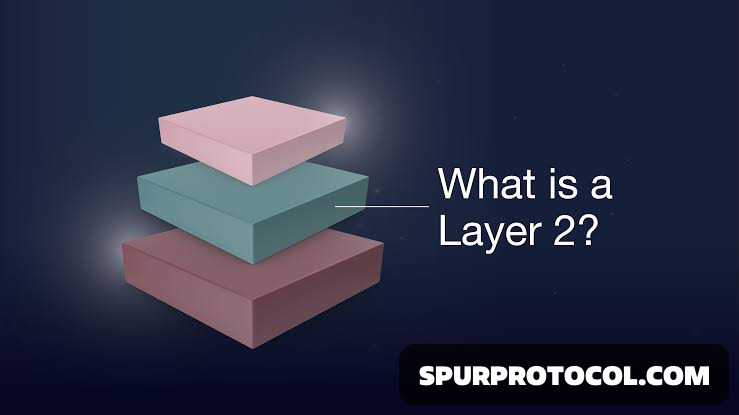What Is Layer 2 In Crypto
Blockchain layer-two networks are commonly known as second-layer solutions or blockchain protocols that operate off-chain, outside the main blockchain. These networks are protocols built on top of a layer-1 blockchain and serve as solutions to scalability problems on the first layer.
Go Back

🕒 12:26 PM
📅 Nov 15, 2025
✍️ By 4rt3mi5
Generally, a layer-1 blockchain will offload part of its scalability burden to the layer-two network. The second-layer blockchain will then process transactions that would otherwise overload the first layer. As a result, blockchain scalability can increase and transaction costs become cheaper.
However, it is also important to understand that second-layer blockchains do not only refer to off-chain networks that handle scalability. The term “layer-two blockchain” also refers to any protocol or network that improves interoperability or adds new features on top of the main blockchain.
In addition, the presence of second-layer blockchains is important because:
They open opportunities for blockchains to perform additional functions and provide more benefits—for example, blockchain gaming.
They reduce network costs, making blockchain more appealing for general use.
Scalability improvements can be made without weakening decentralization and security on layer 1.
Some examples of second-layer blockchain networks, especially those built on Ethereum, include:
Matic, Rollups, ZK Rollups, Optimistic Rollups, State Channels, Plasma, and Validium.
You might be wondering:
Why do blockchains need a second layer just to solve scalability issues? Wouldn’t increasing the capacity of the layer-1 blockchain be enough?
To answer that, let’s look at the following highway analogy.
Imagine the layer-1 blockchain as a main highway, where all vehicles—trucks, buses, and cars—travel. Now imagine that the number of vehicles suddenly increases drastically. The highway will become more congested, causing traffic to slow down, right?
To fix this, the highway operator could try adding more lanes or even building a completely new highway. Unfortunately, this is difficult. Construction would worsen traffic on the main road, and expanding lanes might require demolishing buildings around the highway.
So, the most efficient solution is to build a separate transportation system, such as an MRT system or additional public transport options. This reduces traffic congestion without disrupting the main highway.
This analogy also applies to layer-1 blockchains when they need to reduce congestion caused by high transaction volume.
